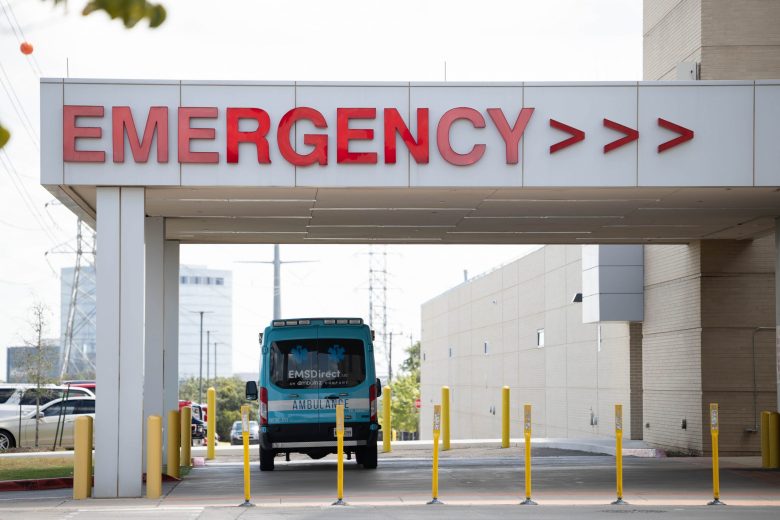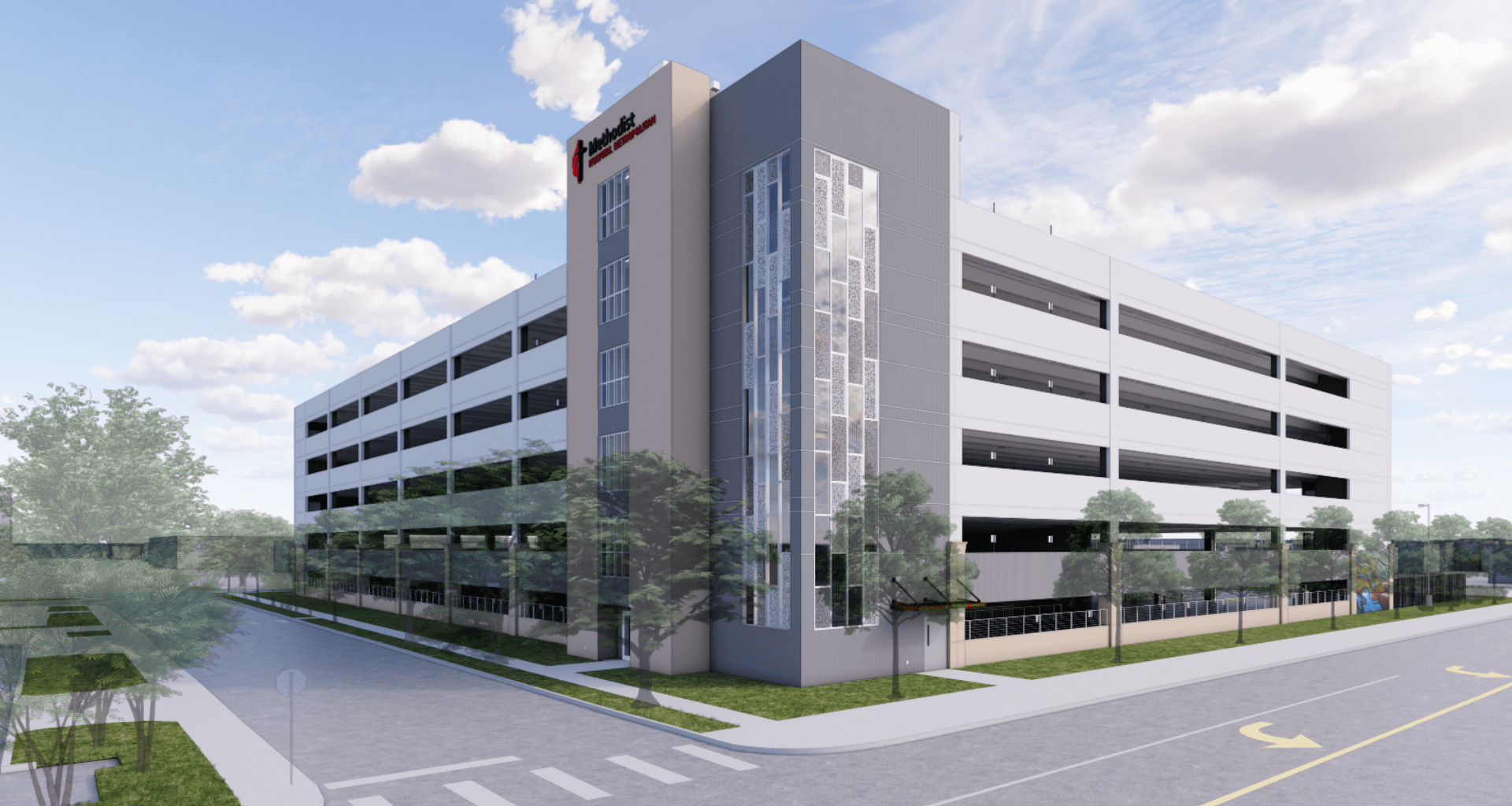San Antonio’s largest health care provider is undergoing a $450 million reinvestment in its hospital system as South Texas and demand for services grow.
Within the past few years, Methodist Healthcare has built three new hospitals, expanded its outpatient care with new walk-in clinics and freestanding emergency rooms and announced major expansions at existing hospitals.
Methodist broke ground on a $200 million renovation, new parking garage and two-floor expansion to its downtown hospital; made a $104 million expansion and parking upgrade at its Stone Oak hospital; and added a $146-million three-story tower at its Live Oak hospital.
Methodist opened three new hospitals since 2023 with two on the Northwest Side of town and a rehabilitation hospital in the South Texas Medical Center.
Methodist Healthcare System, a 50-50 partnership between Methodist Healthcare Ministries of South Texas and HCA Healthcare, operates a total of 11 hospitals in the San Antonio area.
“The last several years has been the greatest expansion in our history,” Methodist Healthcare President and CEO Dan Miller told the San Antonio Report.
“Everybody’s moving to Texas. [In South Texas], the health care needs within the population are also higher. So you have a higher health care need within a growing population,” he said.
Miller highlighted the $200 million renovations and expansion coming to Methodist Hospital Metropolitan given the closure of downtown San Antonio hospitals in recent years. That includes the Texas Vista Medical Center (formerly Southwest General Hospital) in 2023 and the historic Nix Hospital downtown in 2019.
From 2019 to the end of 2024, Methodist’s patient base increased by 60%, Miller said.
Over the same period, the health system went from 1.6 million annual patient encounters to 2.6 million encounters across its hospitals, urgent cares and clinics, according to Brandon Webb, Methodist Health’s chief development officer.
Methodist has traditionally been hospital-centered, Miller said, but in recent years leadership has recognized the need to expand outpatient services with new urgent cares and freestanding emergency rooms.
Methodist recently put in a permit application for a new $8.5 million freestanding emergency department with ambulance and emergency drop-offs in Medina Valley. If approved, it would be the system’s 11th freestanding ER in Bexar County.
 An ambulance sits outside of the Emergency Room entrance at Methodist Stone Oak Hospital in 2021. Credit: Bria Woods / San Antonio Report
An ambulance sits outside of the Emergency Room entrance at Methodist Stone Oak Hospital in 2021. Credit: Bria Woods / San Antonio Report
It also purchased nine acres of vacant land near Loop 410 and South Zarzamora Street in November 2024, which is an underserved community that has historically had less access to health care.
Miller indicated that the land they purchased on the South Side would be used for outpatient care and specialty clinics, but that they didn’t see the need for a full-service hospital there at this time.
University Health, the public Bexar County hospital system, which is also undergoing its own major expansion, is building a five-story hospital nearby set to open in 2027.
Miller said that Methodist will often purchase land, build small-scale outpatient services and then expand into a full-scale hospital if the population density supports such an investment. He said they’ll announce plans for that area in the next year or so.
“Ten years ago, we purchased land in Westover Hills, and then it took us up until this past year to really build the campus out,” Miller said. “We take a long-term view around some of these developments.”
Webb highlighted Methodist’s new graduate medical education program, now in its second year. It’s the first direct residency program for Methodist since its origins in 1963.
The need for such a program was recognized as Methodist has grappled with the impacts of a nationwide physician and nursing shortage. While medical schools have increased in number, residency spots have not kept up with the pace, Miller said.
“Our plan is to be one of the largest GME providers in the next decade in South Texas,” Miller said, “and we’re working with physicians in the community and recruiting physicians to lead those roles. It’ll be transformative for South Texas.
“Typically, the majority of graduates stay in the communities they train. And so what that’ll mean for not just Methodist, but for all the health systems in South Texas [it] will be tremendous.”
